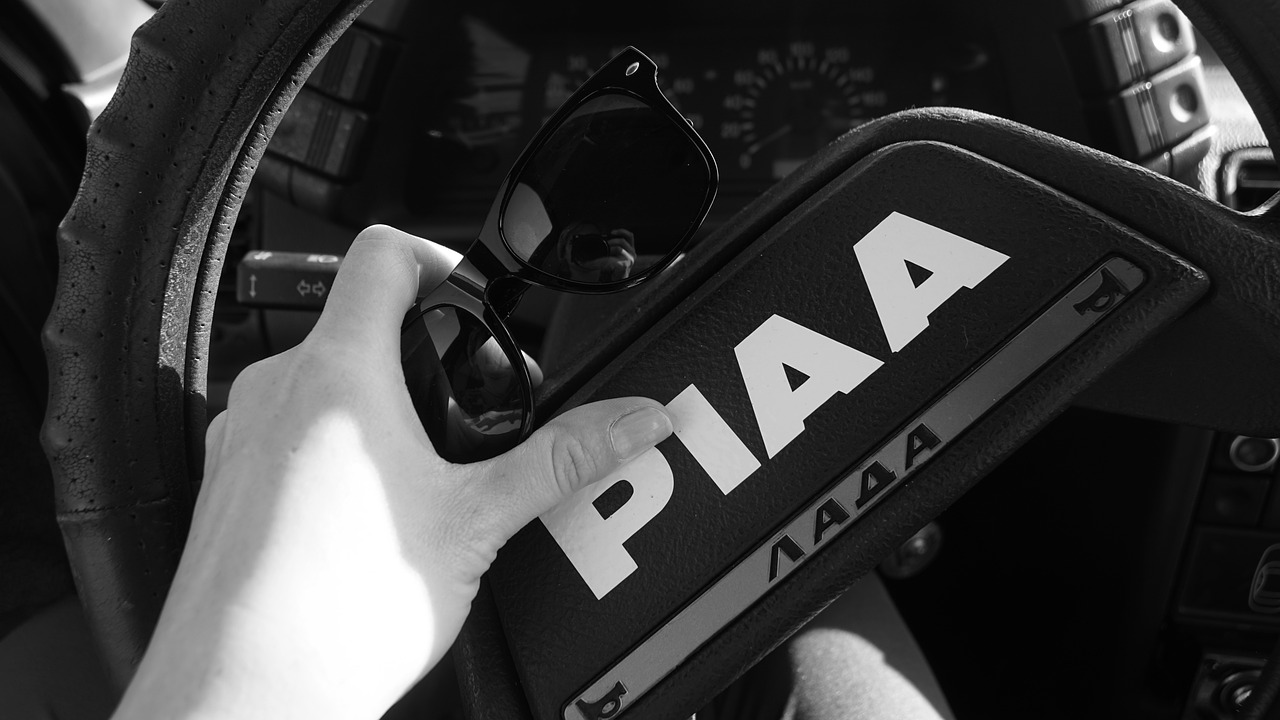The Impact of Autonomous Vehicles on Parking Infrastructure and Urban Planning
As urban populations continue to grow rapidly, the existing parking infrastructure in many cities is struggling to keep up with the increasing demand. Inadequate parking spaces lead to congestion, illegal parking, and frustration among both residents and visitors. The lack of available parking also contributes to increased traffic, further exacerbating the issue of air pollution and greenhouse gas emissions.
Moreover, the high cost of maintaining and constructing new parking facilities puts a financial strain on city budgets. With limited resources, cities often prioritize other areas of development over expanding parking options. This creates a vicious cycle where the insufficient parking availability hinders economic growth and discourages people from visiting urban areas, impacting businesses and local economies.
Potential reduction in parking demand with the rise of autonomous vehicles
The advent of autonomous vehicles is poised to revolutionize urban transportation and drastically alter the need for parking spaces in cities around the world. As self-driving cars become more prevalent, the traditional concept of parking as we know it may become obsolete, leading to a potential decrease in demand for parking spaces.
Unlike conventional vehicles that require parking spaces for extended periods of time, autonomous vehicles have the capability to drop off passengers at their destination and then either continue to pick up new passengers or park in designated holding areas outside of high-traffic zones. This efficient use of parking resources could lead to a significant reduction in the overall demand for parking spots, thereby reshaping the urban landscape and opening up opportunities for alternative land use in densely populated areas.
Adaptation of urban planning strategies to accommodate autonomous vehicles
Urban planning strategies are undergoing a dynamic shift in response to the imminent integration of autonomous vehicles into city infrastructures. This transformation necessitates a reevaluation of traditional parking lot requirements, as the need for extensive parking space may decrease with the rise of self-driving cars. City planners are now tasked with exploring innovative solutions to repurpose existing parking structures and rethink zoning regulations to better utilize urban space.
Furthermore, the introduction of autonomous vehicles raises questions about the redesign of road systems to optimize traffic flow and safety. As self-driving cars communicate with each other to enhance navigation, planners must consider how to implement efficient road networks that cater to these advanced technologies. This may involve the development of smart intersections, dedicated lanes for autonomous vehicles, and the integration of intelligent traffic management systems to support their seamless integration into urban landscapes.





